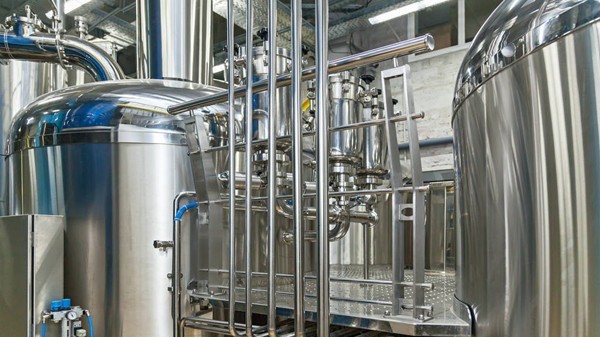With the increasing demand for beer quality, it has become crucial to effectively monitor the level changes during the beer brewing process. And radar level meter, as an advanced measuring device, is widely used in industry. This paper will introduce, the feasibility of radar level meter application in the beer brewing industry.

The beer brewing industry is a complex process that involves multiple steps and processes. In the beer brewing process, the accurate measurement of the level is crucial, as it is directly related to the efficiency of the brewing and the quality of the beer.
However, the beer brewing industry has the following characteristics and measurement difficulties compared to other industrial sectors:
High temperature and humidity: The brewing process generates high temperature and humidity environments, which pose challenges to traditional level measurement equipment. The stability of the sensors and their ability to withstand high temperatures and humidity require special attention. In addition, high-temperature environments can lead to inaccurate measurement results. Shock and vibration:
Brewing equipment is often subject to shock and vibration, such as the operation of agitators and filters that can cause fluctuations in the liquid level. This places a demand on the accuracy and stability of the measurement equipment.
Changes in the dielectric constant of the submerged liquid: During the beer brewing process, the dielectric constant of the liquid changes with temperature, concentration, and composition.
This has an impact on the accuracy and stability of the level measurement.

A larger brewery introduced a radar level meter to solve the level measurement challenge. In their brewing process, traditional measuring equipment was unable to measure the level consistently and was affected by vibration and high temperatures. They chose a radar-level meter with advanced signal processing and interference immunity to meet the special requirements of the brewing process.
Here are a series of measures they implemented Signal processing technology: The radar level meter uses advanced signal processing technology that identifies and eliminates the effects of vibration and interference on the measurement signal, improving measurement accuracy. Regular calibration: The brewery regularly calibrates the radar level meter to ensure its accuracy and reliability.
The calibration process includes checking and updating the calibration parameters to accommodate changes in the dielectric constant of the liquid.
Vibration-resistant installation: To reduce the interference of vibration on the level measurement, they optimized the installation location of the radar level meter and used shields and vibration-damping devices to reduce the impact of vibration on the sensor.
By implementing these measures, the brewery successfully solved the level measurement challenges. They obtained stable and accurate level data and were able to make timely adjustments and controls based on the data to improve brewing efficiency and ensure the quality of the beer.

The application of radar level meters in the beer brewing industry has feasibility. Although there are characteristics and difficulties such as high temperature, vibration, and liquid dielectric constant change in the beer brewing process, these difficulties can be solved by choosing the right radar level meter and taking corresponding measures.
